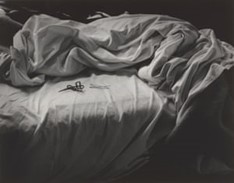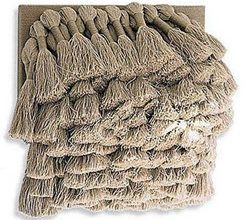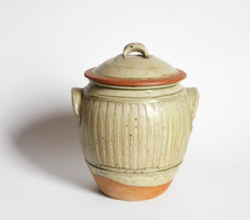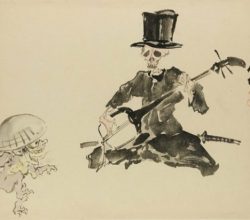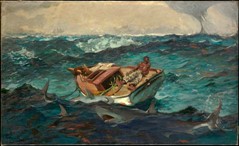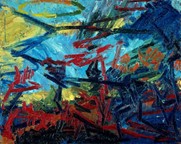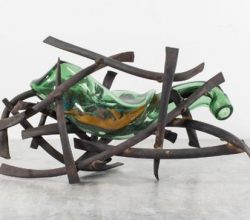
It’s Art! It’s Marketing! It’s Publicity!: Inside the Art and Fashion and Billionaire Bonanza at the Venice Biennale 2022
Nate Freeman | Vanity Fair | 22nd April 2022
WARNING – gossip! The Venice Biennale involves over 200 artists represented in 80 national exhibitions, plus another 30 collateral events. ‘Must visit’ lists are here and here. A “worst” art list is here. The Ukrainian pavilion gets special attention. Sonia Boyce won the Golden Lion for her work on the British Pavilion. Overall, it’s a “30,000-steps-a-day, five-dinners-a-night bacchanal of culture”. At some point, hopefully, someone will get around to writing about the art.

